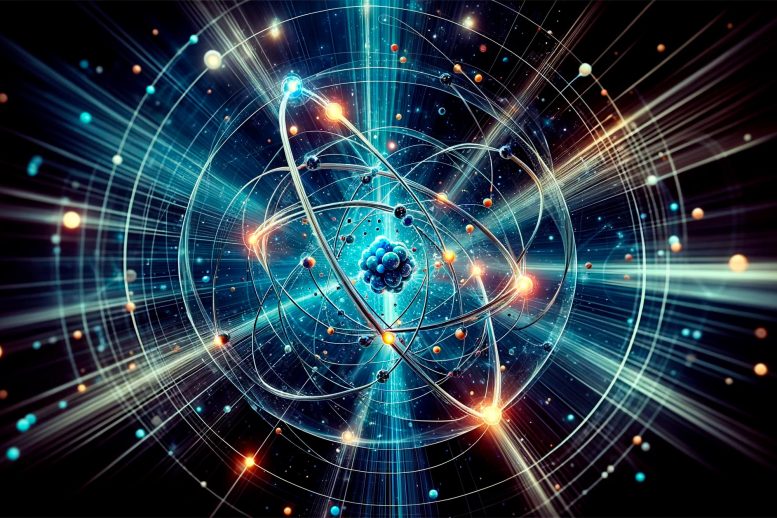
Groundbreaking research by the Institute of Modern Physics reveals molecular-type structures in the ground state of atomic nuclei, providing experimental evidence for a decades-old hypothesis and opening new paths in nuclear physics research.
A pivotal study by scientists at the Institute of Modern Physics has uncovered molecular-type structures in atomic nuclei, revolutionizing our understanding of nuclear matter.
Scientists from the Institute of Modern Physics (IMP) of the Chinese Academy of Sciences (CAS), along with their collaborators, have recently discovered a molecular-type structure in the ground state of atomic nuclei. The study was published in Physical Review Letters and highlighted as a “Featured in Physics” article.
Understanding the Atomic Nucleus
The atomic nucleus, a quantum many-body system composed of protons and neutrons, is incredibly small (only about one-ten-thousandth the size of an atom), but it houses over 99.9% of an atom’s total mass. Interactions between nucleons create various intriguing nuclear structures, ranging from spherical to deformed nuclei and even neutron halos with sparse surface density. The emergence of cluster structures within these formations is a captivating phenomenon.
The Significance of Cluster Structures
Cluster structures are rarely seen in the ground state of atomic nuclei. Discussions on ground-state cluster structures can be traced back to 1938 when theoretical physicists, through the analysis of binding energies in α-conjugate nuclei, suggested the possible existence of α-molecule-like cluster structures in the ground states of nuclei such as beryllium-8, carbon-12, and oxygen-16. However, due to the popularity of the classical shell model’s single-particle description, this theoretical hypothesis remained unverified.
Novel Experimental Method
Using a novel experimental method involving the inverse kinematics knockout reaction, scientists from IMP and their collaborators have validated the presence of a molecular-type structure in the ground state of beryllium-10, a neutron-rich nucleus.
The experiment was conducted at the Radioactive Isotope Beam Factory (RIBF) at the RIKEN Nishina Center in Japan. In the experiment, a secondary beam of beryllium-10, traveling at half the speed of light, bombarded a 2-millimeter-thick solid hydrogen target. The α-clusters bound within beryllium-10 nuclei were knocked out by protons—with almost no momentum transferred to the residual nucleus—thus preserving information about the cluster structure in the ground state of beryllium-10.
Confirming Long-Standing Hypotheses
The experimental results demonstrated a remarkable agreement between the experimental cross-sections of knockout reactions and theoretical predictions under microscopic models. This verification supports the long-standing hypothesis regarding the molecular-state structure of beryllium-10’s ground state, suggesting the formation of an α–α dumbbell-shaped core with two valence neutrons rotating perpendicular to the core axis.
Implications and Future Research
“Similar structures can be found on the atomic scale, but they are exceptionally rare in the ground state of atomic nuclei,” said Dr. LI Pengjie from IMP, first author of the paper.
This study provides the first experimental evidence for the theoretical description of molecular-state structures in the ground state of atomic nuclei and paves the way for further exploration of the evolution of α-cluster structures in neutron-rich nuclear ground states.
Reference: “Validation of the 10Be Ground-State Molecular Structure Using 10Be(p,pα)6He Triple Differential Reaction Cross-Section Measurements” by P. J. Li et al., 21 November 2023, Physical Review Letters.
DOI: 10.1103/PhysRevLett.131.212501
The study was conducted in collaboration with scientists from the University of Hong Kong, Paris-Saclay University in France, RIKEN and Osaka University in Japan, Nanjing University of Aeronautics and Astronautics, and 22 other research institutions worldwide.


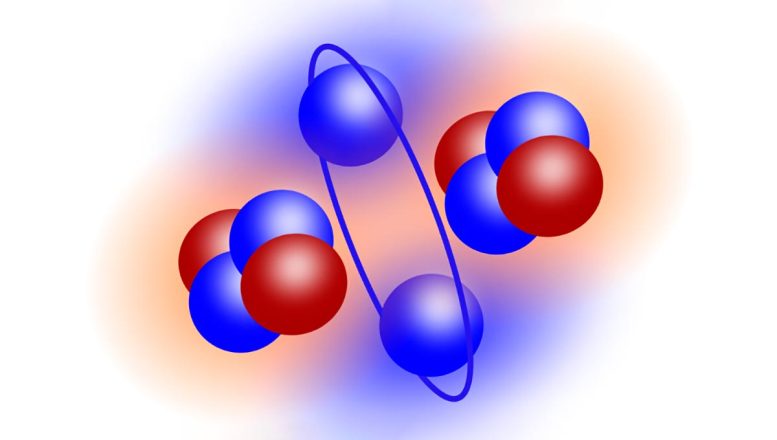
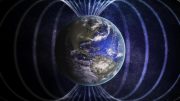
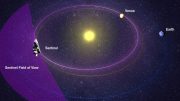
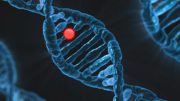


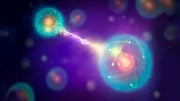
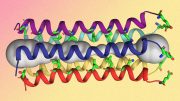
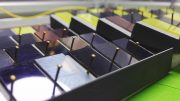
Observation and measurement are also an interaction. What you have discovered is only superficial, not essential. If you are really interested in science, you can browse https://zhuanlan.zhihu.com/p/668735960.
Low dimensional spacetime matter is the under structure of high-dimensional spacetime matter. Topological vortices are point defects in two-dimensional spacetime. Point defects do not onlyare also central to kinetic processes, but impact the thermodynamic properties.
The rotation of point defects of topological vortices is spin. Spin generates gravitation. Spin generates energy. Spin generates evolution. Spin generates time.
Therefore, the physical essence of quantum is the spin of topological vortices, each topological vortex is a quantum clock. Starting from the topological vortices, precise timing begins. CP violation is the most shameful lie and pseudoscience in the history of science. The so-called academic journals, such as Physical Review Letters (PRL), etc, have long been isolated from science. Respecting science is also respecting yourself. Pseudo academic journals will not bring you glory, but hypocrisy, filth, and ugliness.
The study was conducted in collaboration with scientists from the University of Hong Kong, Paris-Saclay University in France, RIKEN and Osaka University in Japan, Nanjing University of Aeronautics and Astronautics, and 22 other research institutions worldwide.
No one knows what shame is!